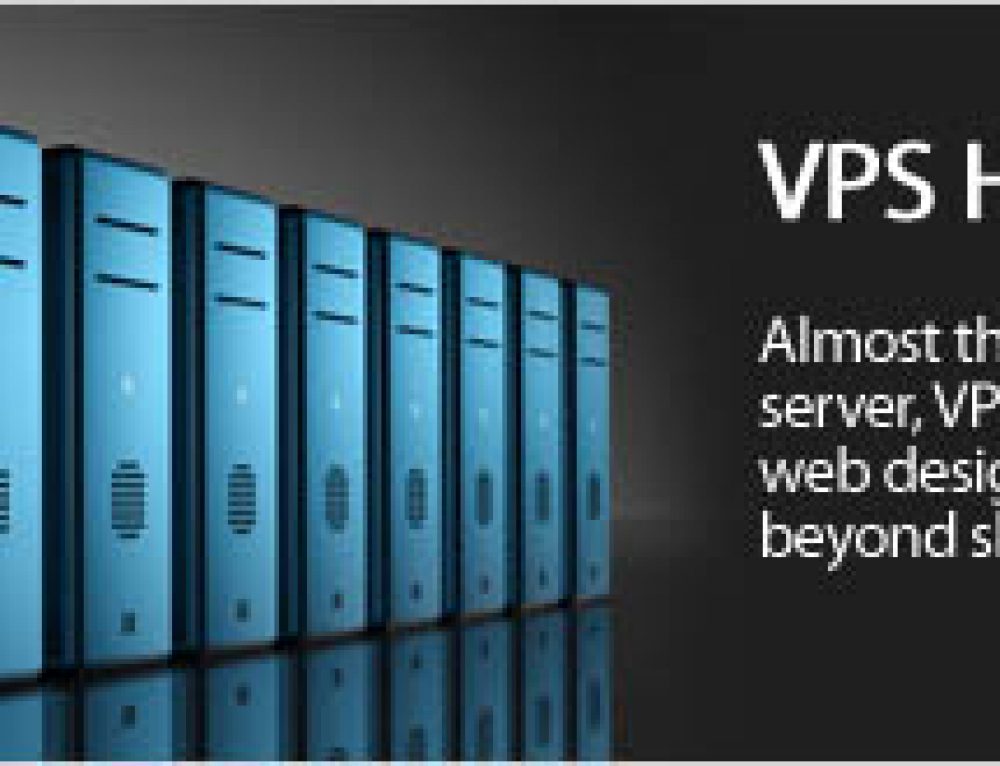Businesses, websites and all sorts of organizations need computers. However, there requirements for computers do not end with buying a unit for every employee. For each computer, there are a number of licenses that need to be bought while for data sharing, networking and other complex tasks, machines with high processing power and dedicated equipment are required. This requires an enormous capital. In order to avoid this, cloud hosting came in to existence.

All you have used cloud hosting services in one form or the other. We no longer have to rely on email software to check our email accounts as they are easily accessible anywhere in the world through a web browser. All we need is a working internet connection. Cloud hosting relies on virtualization technology and its architecture is divided in two segments:
Front End: This is the interface that is accessible to an average user. For instance, the software accessed through a browser in a corporation which uses cloud hosting for data management, etc.
Back End: This is where the data and software are actually located, processed, installed, etc. These are usually servers and data storage systems that are commonly referred to as the “Cloud”. In most cases, they are not physically accessible to their users.
Of course, a question rises regarding the connection between the two. How does the front end interact with the back end? Well, the simple answer is the ‘Internet’. The internet forms a network between the two through which computers on the front end can access data on the servers at the back end.
How it Works?
The functions and operations at the front end are common knowledge as they involve logging into applications through web browsers, etc, therefore they do not need to be discussed in detail. The backend on the other hand is provided by a cloud hosting service in the form of SaaS (Software as a Service), PaaS (Platform as a Service) or IaaS (Infrastructure as a Service). Without getting into their details, cloud hosting services use the following technologies:
Physical Hardware
Since cloud hosting services cannot keep a dedicated machine for each of their clients, they use high end servers and computers that have numerous processors, numerous high capacity and high speed hard disks and a high capacity of RAM.
Virtualization
The physical hardware is divided into a number of virtual dedicated servers by allocated each virtual machine with a specific processing power, RAM and hard disk capacity. These virtual machines are software controlled and it is usually these machines that the clients of a cloud hosting service are given access to. From software installing, root access, data storage, encryption, etc, every service of a physical dedicated server is provided by the virtual server. Depending on the cloud hosting provider, operating systems such as iOS, Linux or Windows could be installed on these virtual servers.
Internet
Using the internet, the virtual machines are made accessible everywhere in the world. Their access might be limited due to security reasons. A browser or a similar platform on a typical computer is used to access the cloud space.
When a particular function is being performed, it is the cloud based server that processes it while the front end machine works as a display and a control unit. In case you are wondering where you have used a cloud hosting service in your daily life other than emails, the following would provide the best answer:
- Google Docs
- Flickr, Picasa
- YouTube
- Facebook, MySpace
- Xdrive, MediaMax, Strongspace
While most of the services mentioned above are free to use, the cloud hosting services provided to businesses have costs associated with it but provide a number of other facilities as well.

 Phone: 1(877) 215.8104
Phone: 1(877) 215.8104 Login
Login


Leave a Reply